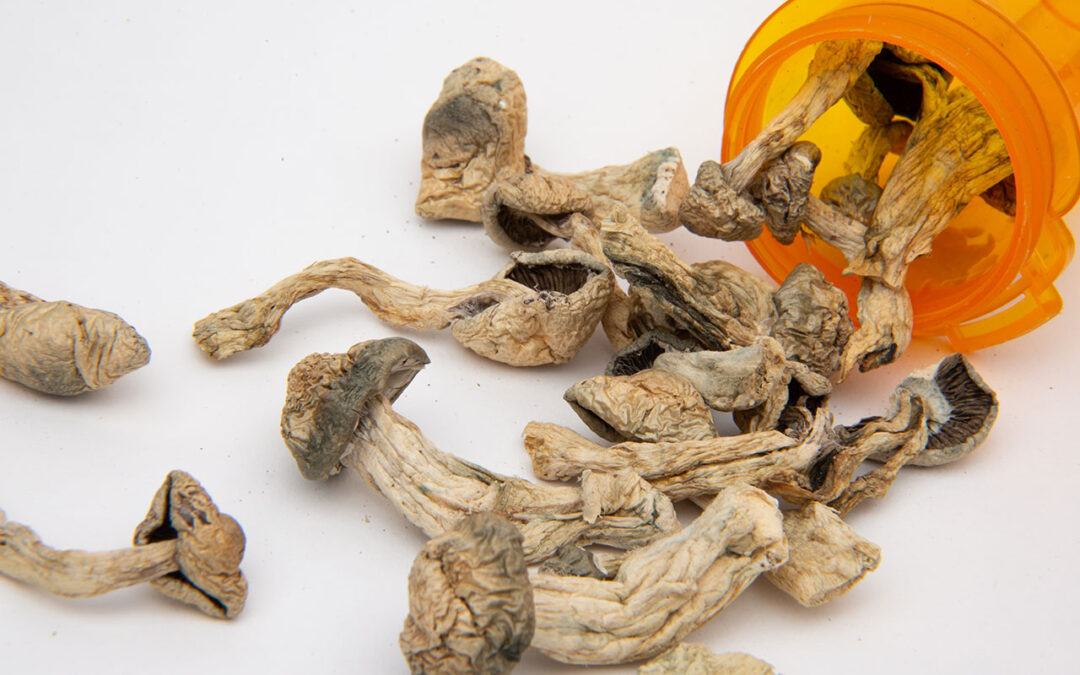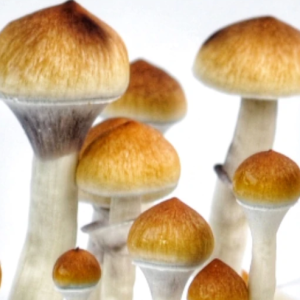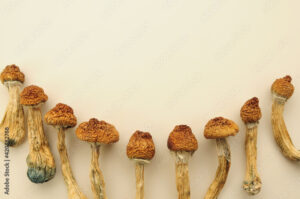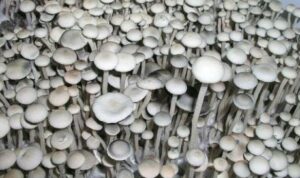Introduction to Psilocybin Mushrooms
What are Psilocybin Mushrooms?
Psilocybin mushrooms, also known as magic mushrooms, are a type of fungi that contain psychoactive compounds such as psilocybin and psilocin. These compounds have been used for centuries in various cultures for spiritual, medicinal, and recreational purposes. The effects of psilocybin mushrooms can vary significantly, from inducing altered states of consciousness to enhancing creativity and introspection.
History and Cultural Significance
Throughout history, psilocybin mushrooms have played a significant role in different societies and traditions. From ancient rituals to modern therapeutic practices, the cultural significance of these mushrooms spans across continents and generations. Understanding the rich history and cultural context of psilocybin mushrooms is essential for anyone interested in growing and consuming them at home.
### 1. Introduction to Psilocybin Mushrooms
#### What are Psilocybin Mushrooms?
Psilocybin mushrooms, also known as magic mushrooms, are fungi that contain the psychedelic compound psilocybin. When ingested, psilocybin can induce hallucinations, altered perceptions, and spiritual experiences.
#### History and Cultural Significance
Psilocybin mushrooms have a rich history of use in various cultures for spiritual and therapeutic purposes. Indigenous peoples in Mesoamerica have used these mushrooms ceremonially for centuries. They are also gaining recognition in modern research for their potential therapeutic benefits.
### 2. Benefits and Risks of Growing Psilocybin Mushrooms at Home
#### Medical and Therapeutic Benefits
Research suggests that psilocybin mushrooms may have therapeutic potential for treating depression, anxiety, PTSD, and addiction. Growing your own mushrooms at home can provide a sustainable and cost-effective source for self-exploration and potential healing.
#### Legal and Health Risks
While some regions have decriminalized or legalized the use of psilocybin mushrooms, they are still classified as illegal in many places. Additionally, improper cultivation or consumption of mushrooms can pose risks to physical and mental health, highlighting the importance of responsible usage.
### 3. Setting Up Your Grow Space
#### Choosing the Right Location
Optimal conditions for growing psilocybin mushrooms include a clean, well-ventilated space with controlled lighting and temperature. Consider factors like privacy, accessibility, and discretion when selecting a location for your grow space.
#### Essential Equipment and Supplies
To grow psilocybin mushrooms at home, you will need basic equipment such as substrate jars, grow bags, a pressure cooker, a humidity and temperature monitor, and a reliable light source. Investing in quality supplies will help ensure a successful growing process.
### 4. Choosing the Right Psilocybin Mushroom Strain
#### Popular Strains for Home Cultivation
Common psilocybin mushroom strains suitable for home cultivation include Golden Teacher, B+, and Ecuador. These strains are known for their ease of growth, potency, and resilience, making them ideal choices for beginners and experienced growers alike.
#### Factors to Consider in Strain Selection
When choosing a psilocybin mushroom strain, factors such as growth speed, potency, visual characteristics, and personal preferences should be taken into account. Each strain offers a unique experience, so research and experimentation can help you find the perfect fit for your cultivation journey.
5. Cultivation Techniques and Best Practices
Inoculation and Substrate Preparation
When starting your psilocybin mushroom cultivation journey, it’s essential to ensure a clean and sterile environment. Inoculation involves introducing spores to a nutrient-rich substrate, such as a blend of vermiculite and brown rice flour. This step kickstarts the growth process, leading to the formation of mycelium.
Growth Stages and Monitoring
Once inoculated, your substrate will undergo various growth stages, from colonization to fruiting. Regularly monitor temperature, humidity, and cleanliness to create optimal conditions for mushroom growth. Patience is key during this process, as each stage takes time to progress naturally.
6. Harvesting and Drying Your Psilocybin Mushrooms
Signs of Readiness for Harvest
Harvest your psilocybin mushrooms when the caps have fully opened but not yet flattened. The veil beneath the cap should also be intact for maximum potency. Avoid waiting too long, as overripe mushrooms may drop spores, affecting future yields.
Proper Drying Methods
To preserve the potency of your harvest, it’s crucial to dry your mushrooms thoroughly. Use a dehydrator or create a desiccant chamber to remove moisture slowly. Once cracker-dry, store your mushrooms in a sealed container in a cool, dark place to prevent degradation.
7. Storage and Consumption Guidelines
Long-Term Storage Tips
For extended storage, keep your dried mushrooms in an airtight container with a desiccant pack to prevent moisture buildup. Store them in a refrigerator or freezer for maximum longevity while maintaining potency.
Safe and Responsible Consumption Practices
Before consuming psilocybin mushrooms, educate yourself on dosage, potential effects, and set and setting. Start with a low dose to gauge your sensitivity and gradually increase as needed. Always have a trusted individual present and avoid mixing with other substances.
8. Legal Considerations and Ethical Practices
Understanding Legal Restrictions
Research the legal status of psilocybin mushrooms in your area to avoid legal repercussions. While laws are evolving, it’s crucial to stay informed and only cultivate and possess mushrooms where permitted by law.
Ethical Harvesting and Usage Practices
Respect the environment and the mushroom’s natural habitat when harvesting. Practice sustainable cultivation techniques and contribute to ongoing research and advocacy for responsible psilocybin use. Prioritize harm reduction and promote safe, informed consumption within your community.In conclusion, growing psilocybin mushrooms at home can be a rewarding and enlightening experience for those who approach it with care and respect. By following proper cultivation techniques, understanding the benefits and risks, and being mindful of legal and ethical considerations, individuals can cultivate these fascinating fungi in a responsible manner. Whether for personal exploration or therapeutic purposes, the journey of growing and consuming psilocybin mushrooms at home can offer insights, healing, and a deeper connection to nature and oneself.
Frequently Asked Questions (FAQ)
1. Is it legal to grow psilocybin mushrooms at home?
Currently, the legality of growing psilocybin mushrooms varies by jurisdiction. It is essential to research and understand the laws and regulations in your area regarding the cultivation of psychedelic mushrooms before embarking on such a project.
2. How long does it take to grow psilocybin mushrooms at home?
The time it takes to grow psilocybin mushrooms can vary depending on the strain, cultivation method, and environmental conditions. Generally, the process can take anywhere from a few weeks to a couple of months from inoculation to harvest.
3. Are there any safety precautions to consider when growing psilocybin mushrooms at home?
Yes, safety is paramount when cultivating psilocybin mushrooms. It is crucial to maintain a clean and sterile growing environment, use proper equipment and materials, and follow best practices to minimize the risk of contamination and ensure a safe cultivation process.
4. Can anyone consume psilocybin mushrooms grown at home?
Consumption of psilocybin mushrooms is a personal choice that should be made with careful consideration and awareness of the potential risks and effects. It is essential to educate oneself about the proper dosage, set, and setting for a positive and safe psychedelic experience.
















